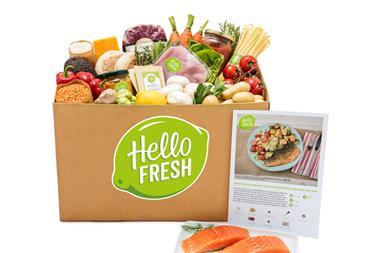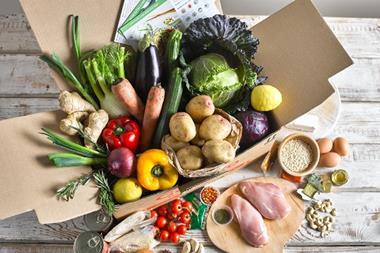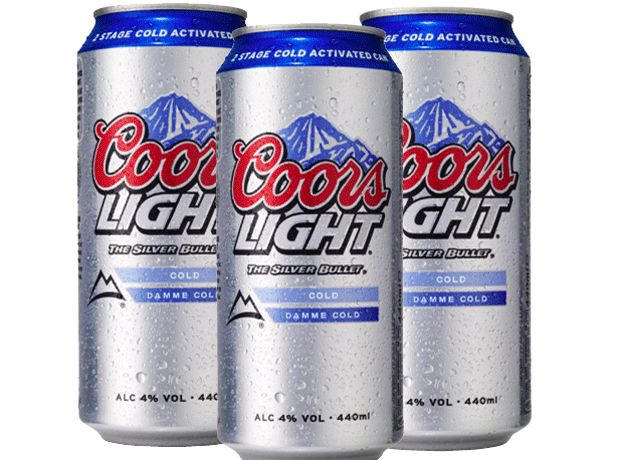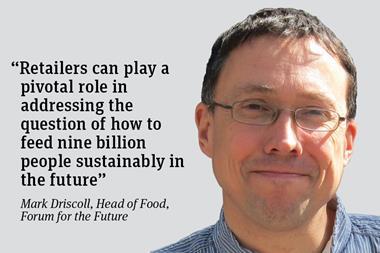
I recently stopped buying some of my groceries from my local supermarket and became a recipe box scheme customer.
Recipe boxes are a fascinating new disruptive model in grocery, and I wanted to get a better handle on them by trying them out myself. There are lots of schemes available now (most with attractive introductory offers) and I’ve signed up to and tried out most of them over the past couple of months.
So far I’m impressed. The recipes are interesting and varied; the cooking instructions mostly straightforward (though one misprinted recipe card led to some onions being left un-caramelised); most delivery options are reasonably convenient, especially as the boxes can be stored unrefrigerated for several hours in case you’re not in; and while I am spending a bit more on my dinners now than I would have done shopping at my usual big four, the convenience of not having to think about what I’m going to cook that night – or having to plan for a big weekly shop – makes it worthwhile.
There’s just one niggle: my small South London flat is filling up with packaging at an alarming rate. Two months in, I have accumulated a collection of small plastic bags that would make a drug dealer proud. Plus, there are the cardboard boxes themselves, the insulating wool inside, the ice packs etc. It doesn’t look good.
Recipe box operators are very much alive to this issue: waste reduction is one of the key sustainability benefits they push, so they know they have to convince consumers their schemes are better for the planet despite ingredients being repackaged into tiny portions for individual customers.
To that end, use of recyclable materials is widespread, consumers are encouraged to re-use packaging, and some operators collect packaging directly from their customers or offer collection services through third parties like Doddle or CollectPlus. Several leading operators are also working with their suppliers and research institutions to develop better packaging options.
Abel & Cole, for example, says it’s collaborated with a supplier to develop a new smaller, recyclable two-person salad bag, and is now developing a bespoke solution for any herbs and spices packaging that is not currently recyclable.
HelloFresh is developing an alternative to its current thermal packaging using recycled coffee bags and old Jute, which can be recycled or turned into compost.
Riverford highlights its ‘closed distribution loop’, which involves packaging being collected from customers’ homes by Riverford veg box distributors, while Gousto is currently working on a number of research projects on packaging with a leading university, and says it measures food waste “religiously” per box, recipe and ingredient.
Varying practices
From my experience so far, however, practices across the sector vary enormously (indeed, not all the box scheme operators I’ve used decided to respond to my questions – you can see the full answers of those who did here). While several offer collection options for their packaging, some are much better than others in highlighting these to customers. And though some are clearly doing a lot to minimise packaging waste, others are taking repackaging to new, ridiculous levels: a couple of weeks ago, one scheme sent me two eggs packaged in individual plastic tubs.
Of course, this is an extreme example and packaging waste in the food industry is a complex problem – with solutions that aren’t always intuitive.
Interestingly, Riverford says it switched back to standard plastic bags after trying out biodegrabable bags because it found the carbon footprint of the biodegradable ones was greater. And Gousto founder Timo Schmidt stresses it’s important to look at box schemes’ waste contribution in the round and not focus on packaging in isolation. “At a company and household level, we are saving 40% of food waste,” he says. “Food waste leads to packaging waste – if you cut food waste by 40%, you automatically save huge packaging waste even if you then repackage a few items.”
But there’s no getting away from the fact packaging is potentially a serious reputational challenge to this emerging new sector. No matter what the underlying waste statistics might be, seeing so much packaging somehow feels much worse than the packaging waste associated with a normal supermarket shop. If operators want to challenge that gut reaction, they will have to make it a much bigger priority to educate consumers on what they are doing to minimise waste – and provide clear evidence on how packaging is being reused and recycled.
As for me, I am still tempted to make recipe boxes a regular part of my grocery repertoire. Not every week, but every once in a while when I’d like a bit of a break from my usual routine.
Another ‘egg in plastic tubs’ incident, however, could well persuade me otherwise.













No comments yet